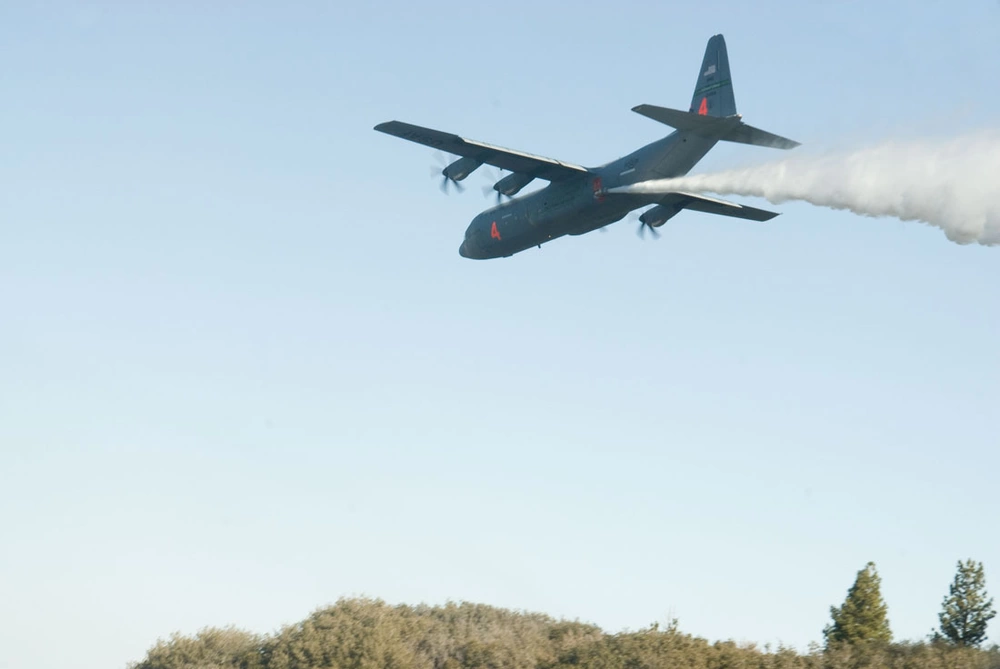Already a subscriber? Make sure to log into your account before viewing this content. You can access your account by hitting the “login” button on the top right corner. Still unable to see the content after signing in? Make sure your card on file is up-to-date.
The Pentagon has announced that they will be deploying military assets to assist in combating the devastating wildfires raging across Southern California.
Some shit you should know before you read: Yesterday, Southern California faced was impacted by multiple fast-moving fires fueled by dry conditions and powerful winds that tore through the region. The Palisades Fire has burned over 11,800 acres, destroying more than 1,000 structures, while the Eaton Fire expanded rapidly to 10,600 acres. Other fires, including the Hurst Fire and Woodley Fire, have affected 700 and 30 acres, with all four fires at 0% containment. These wildfires have forced the mandatory evacuation of over 80,000 residents and caused power outages for nearly 400,000 customers.

What’s going on: During a briefing at the Pentagon, spokeswoman Sabrina Singh announced that the Department of Defense is deploying 10 Navy helicopters equipped with water delivery buckets to assist in suppressing the wildfires in Southern California. In addition, the California National Guard is mobilizing two Modular Airborne Firefighting Systems (MAFs) to support aerial firefighting efforts, while the Nevada National Guard is preparing two additional MAF units. These assets, ordered at President Biden’s direction, are intended to provide immediate support in combating the fires, despite challenges posed by high winds that have limited the deployment of aerial resources. Singh also indicated that four more MAF units are on standby for deployment if needed.
While speaking to reporters, Singh said, “Cal Fire has some of the best capabilities and equipment to fight fires in California. We can search assets, and, and the president has directed this department to bolster whatever California needs. But we have to work with California and right now, we can’t even get assets up in the air because the fires are so bad and because the winds are so bad.”
This all comes as criticism mounts over leadership and resource management after Los Angeles officials confirmed that water was unavailable in parts of the Palisades during critical moments when firefighters were battling the flames. The lack of water access has raised serious concerns about the preparedness and infrastructure in fire-prone areas, with many questioning why such a vital resource was not secured in advance. Firefighters on the ground reported delays in suppression efforts due to low water pressure and inaccessible hydrants, exacerbating the already dire situation.






